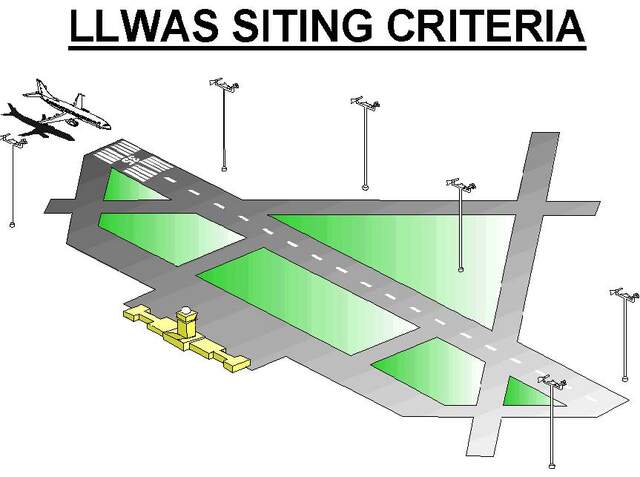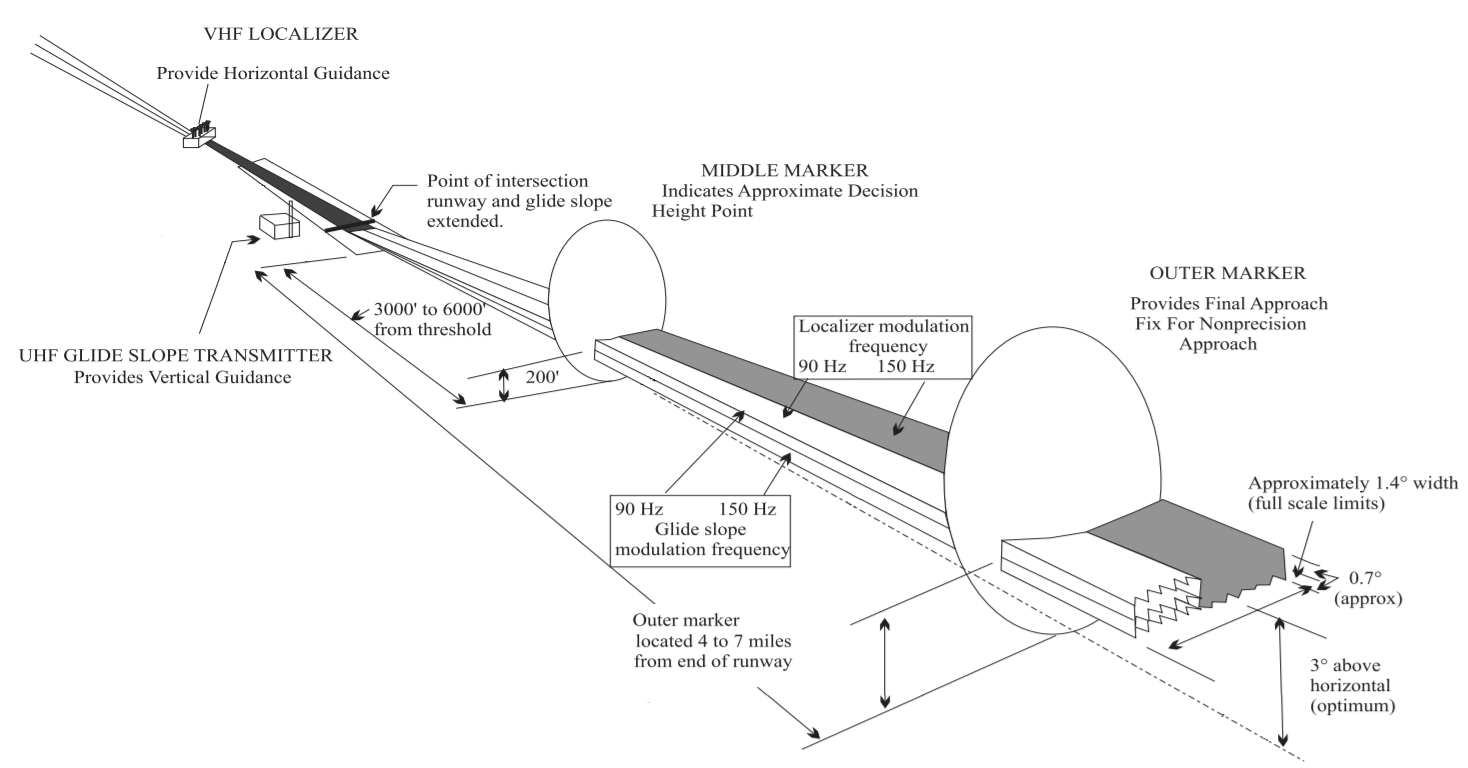|
Runway Safety
Runway safety is concerned with reducing harm that could occur on an aircraft runway. Safety means avoiding incorrect presence (incursion) of aircraft, inappropriate exits (excursion) and use of the wrong runway due to confusion. The runway condition is a runway's current status due to meteorological conditions and air safety. Definitions of runway accidents Several terms fall under the flight safety topic of runway safety, including incursion, excursion, and confusion. Terms such as runway event or runway accident are used for such incidents. Runway incursion Runway incursion involves an aircraft, and a second aircraft, vehicle, or person. It is defined by ICAO and the U.S. FAA as "Any occurrence at an aerodrome involving the incorrect presence of an aircraft, vehicle or person on the protected area of a surface designated for the landing and take off of aircraft." [...More Info...] [...Related Items...] OR: [Wikipedia] [Google] [Baidu] |
Runway
According to the International Civil Aviation Organization (ICAO), a runway is a "defined rectangular area on a land aerodrome prepared for the landing and takeoff of aircraft". Runways may be a man-made surface (often asphalt concrete, asphalt, concrete, or a mixture of both) or a natural surface (sod, grass, soil, dirt, gravel, ice, sand or road salt, salt). Runways, as well as taxiways and Airport apron, ramps, are sometimes referred to as "tarmac", though very few runways are built using Tarmacadam, tarmac. Takeoff and landing areas defined on the surface of water for seaplanes are generally referred to as waterways. Runway lengths are now International Civil Aviation Organization#Use of the International System of Units, commonly given in meters worldwide, except in North America where feet are commonly used. History In 1916, in a World War I war effort context, the first concrete-paved runway was built in Clermont-Ferrand in France, allowing local company Michelin to ... [...More Info...] [...Related Items...] OR: [Wikipedia] [Google] [Baidu] |
2007 San Francisco International Airport Runway Incursion
The 2007 San Francisco International Airport runway incursion occurred around 1:36 p.m. PDT on May 26, 2007 when SkyWest Airlines (operating as United Express) Flight 5741, an Embraer EMB 120 Brasilia turboprop aircraft, nearly collided with Republic Airways (operating as Frontier Airlines) Flight 4912, an Embraer 170 Regional Jet, at the intersection of Runways 1L and 28R at San Francisco International Airport (SFO). There were no injuries to occupants and no damage to either aircraft. Federal Aviation Administration officials described the runway incursion as the most serious incident of its kind in at least a decade, and the National Transportation Safety Board carried out an investigation into the incident. Incident The SkyWest aircraft was arriving at SFO after a flight from Modesto, California, and was cleared to land on Runway 28R. At the same time, the Republic Airlines aircraft, bound for Los Angeles, was instructed to taxi into position and hold on the interse ... [...More Info...] [...Related Items...] OR: [Wikipedia] [Google] [Baidu] |
Aviation Safety
Aviation safety is the study and practice of managing risks in aviation. This includes preventing aviation accidents and incidents through research, educating air travel personnel, passengers and the general public, as well as the design of aircraft and aviation infrastructure. The aviation industry is subject to significant regulation and oversight. Aviation security is focused on protecting air travelers, aircraft and infrastructure from intentional harm or disruption, rather than unintentional mishaps. Statistics Evolution In 1926 and 1927, there were a total of 24 fatal commercial airline crashes, a further 16 in 1928, and 51 in 1929 (killing 61 people), which remains the worst year on record at an accident rate of about 1 for every flown. Based on the current numbers flying, this would equate to 7,000 fatal incidents per year. For the ten-year period 2002 to 2011, 0.6 fatal accidents happened per one million flights globally, 0.4 per million hours flown, 22.0 fatal ... [...More Info...] [...Related Items...] OR: [Wikipedia] [Google] [Baidu] |
Runway Safety
Runway safety is concerned with reducing harm that could occur on an aircraft runway. Safety means avoiding incorrect presence (incursion) of aircraft, inappropriate exits (excursion) and use of the wrong runway due to confusion. The runway condition is a runway's current status due to meteorological conditions and air safety. Definitions of runway accidents Several terms fall under the flight safety topic of runway safety, including incursion, excursion, and confusion. Terms such as runway event or runway accident are used for such incidents. Runway incursion Runway incursion involves an aircraft, and a second aircraft, vehicle, or person. It is defined by ICAO and the U.S. FAA as "Any occurrence at an aerodrome involving the incorrect presence of an aircraft, vehicle or person on the protected area of a surface designated for the landing and take off of aircraft." [...More Info...] [...Related Items...] OR: [Wikipedia] [Google] [Baidu] |
Runway Safety Area
A runway safety area (RSA) or runway end safety area (RESA) is defined as "the surface surrounding the runway prepared or suitable for reducing the risk of damage to airplanes in the event of an undershoot, overshoot, or excursion from the runway." Past standards called for the RSA to extend only 60m (200 feet) from the ends of the runway. Currently the international standard ICAO requires a 90m (300 feet) RESA starting from the end of the runway strip (which itself is 60m from the end of the runway), and recommends but not requires a 240m RESA beyond that. In the U.S., the recommended RSA may extend to in width, and beyond each runway end (according to U.S. Federal Aviation Administration recommendations; 1000 feet is equivalent to the international ICAO-RESA of 240m plus 60m strip). The standard dimensions have increased over time to accommodate larger and faster aircraft, and to improve safety. Historical development In the early years of aviation, all airplanes operated fro ... [...More Info...] [...Related Items...] OR: [Wikipedia] [Google] [Baidu] |
Microwave Landing System
The microwave landing system (MLS) is an all-weather, precision radio guidance system intended to be installed at large airports to assist aircraft in landing, including 'blind landings'. MLS enables an approaching aircraft to determine when it is aligned with the destination runway and on the correct glidepath for a safe landing. MLS was intended to replace or supplement the instrument landing systems (ILS). MLS has a number of operational advantages over ILS, including a wider selection of channels to avoid interference with nearby installations, excellent performance in all weather, a small "footprint" at the airports, and wide vertical and horizontal "capture" angles that allowed approaches from wider areas around the airport. Although some MLS systems became operational in the 1990s, the widespread deployment envisioned by some aviation agencies never became a reality. There were two reasons: (economic) while technically superior to ILS, MLS did not offer sufficiently greate ... [...More Info...] [...Related Items...] OR: [Wikipedia] [Google] [Baidu] |
LLWAS
A low-level windshear alert system (LLWAS) measures average surface wind speed and direction using a network of remote sensor stations, situated near runways and along approach or departure corridors at an airport. Wind shear is the generic term for wind differences over an operationally short distance (in relation to flight) which encompass meteorological phenomena including gust fronts, microbursts, vertical shear, and derechos. Background LLWAS compares results over its operating area to determine whether calm, steady winds, wind shifts (in relation to runways), wind gusts, divergent winds, sustained divergent winds (indicative of shear), or strong and sustained divergent winds (indicative of microbursts) are observed. A LLWAS master station polls each remote station every system cycle (nominally every ten seconds) and provides prevailing airport wind averages, runway specific winds, gusts, may set new wind shear alerts or microburst alerts and reset countdown timers of elapse ... [...More Info...] [...Related Items...] OR: [Wikipedia] [Google] [Baidu] |
Instrument Landing System
In aviation, the instrument landing system (ILS) is a precision radio navigation system that provides short-range guidance to aircraft to allow them to approach a runway at night or in bad weather. In its original form, it allows an aircraft to approach until it is over the ground, within a of the runway. At that point the runway should be visible to the pilot; if it is not, they perform a missed approach. Bringing the aircraft this close to the runway dramatically increases the range of weather conditions in which a safe landing can be made. Other versions of the system, or "categories", have further reduced the minimum altitudes, runway visual ranges (RVRs), and transmitter and monitoring configurations designed depending on the normal expected weather patterns and airport safety requirements. ILS uses two directional radio signals, the ''localizer'' (108 to 112 MHz frequency), which provides horizontal guidance, and the ''glideslope'' (329.15 to 335 MHz frequency ... [...More Info...] [...Related Items...] OR: [Wikipedia] [Google] [Baidu] |
Thrust Vectoring
Thrust vectoring, also known as thrust vector control (TVC), is the ability of an aircraft, rocket, or other vehicle to manipulate the direction of the thrust from its engine(s) or motor(s) to control the attitude or angular velocity of the vehicle. In rocketry and ballistic missiles that fly outside the atmosphere, aerodynamic control surfaces are ineffective, so thrust vectoring is the primary means of attitude control. Exhaust vanes and gimbaled engines were used in the 1930s by Robert Goddard. For aircraft, the method was originally envisaged to provide upward vertical thrust as a means to give aircraft vertical (VTOL) or short (STOL) takeoff and landing ability. Subsequently, it was realized that using vectored thrust in combat situations enabled aircraft to perform various maneuvers not available to conventional-engined planes. To perform turns, aircraft that use no thrust vectoring must rely on aerodynamic control surfaces only, such as ailerons or elevator; aircraft ... [...More Info...] [...Related Items...] OR: [Wikipedia] [Google] [Baidu] |
Runway Awareness And Advisory System
The Runway Awareness and Advisory System (RAAS) is an electronic detection system manufactured by Honeywell Aerospace, that notifies aircraft flight crews on the ground of their position relative to their allocated runway. Overview According to Honeywell, who developed RAAS, runway incursions are a leading cause of aviation accidents and fatalities, costing approximately $1 billion annually. RAAS functions by providing audible alerts to confirm runway identification, and also provides an aural alarm if it detects undue acceleration (indicating an attempt to take off) while the aircraft is on any taxiway instead of a designated runway. Its function is possible by a software enhancement to the aircraft's terrain awareness and warning system (TAWS) or enhanced ground proximity warning system (EGPWS). Entrance into service Alaska Airlines announced in September 2008 that its entire airline fleet of Boeing 737s will be equipped with RAAS by the end of September. That will be the f ... [...More Info...] [...Related Items...] OR: [Wikipedia] [Google] [Baidu] |
Runway Incursion
A runway incursion is an Aviation accidents and incidents, aviation incident involving improper positioning of vehicles or people on any runway, airport runway or its Critical_area_(aeronautics), protected area. When an incursion involves an ''active'' runway being used by arriving or departing aircraft, the potential for a collision hazard or Instrument landing system, Instrument Landing System (ILS) interference can exist. At present, various runway safety technologies and processes are commonly employed to reduce the risk and potential consequences of such an event. Definition The internationally-accepted definition of a runway incursion is: In the United States, the FAA classifies runway incursions into 3 types, with 5 levels of severity: Analysis Formal study of runway incursions began in the 1980s, following several high-profile Near miss (safety), near misses and fatal collisions of Airliner, airliners operating on airport surfaces. One of the earliest reports on ... [...More Info...] [...Related Items...] OR: [Wikipedia] [Google] [Baidu] |



.png)




